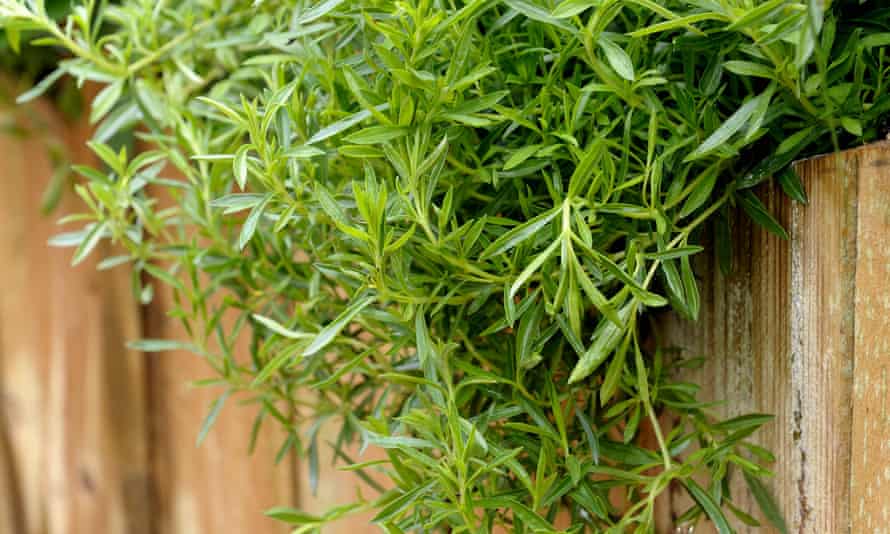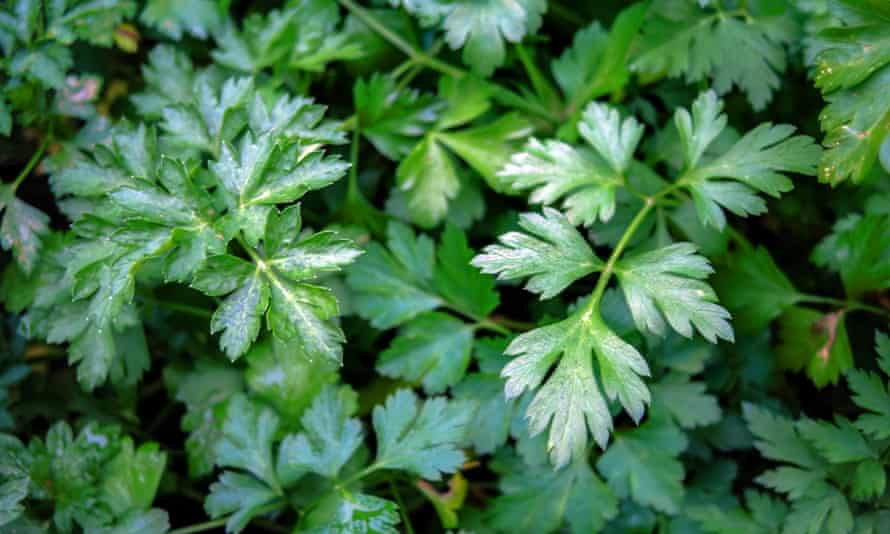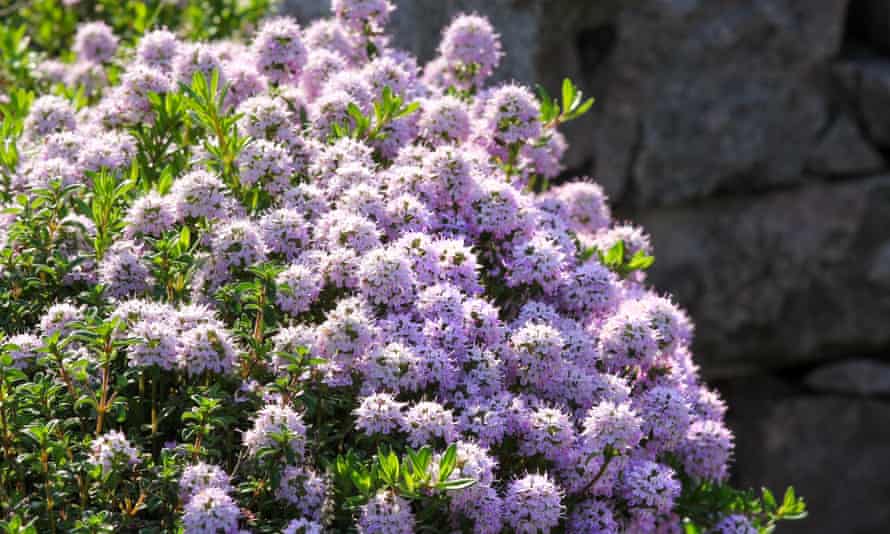How to grow summer savory
For herb butter or love potions, this is a winner

What started off as a sprinkling has become a hardened habit as I turn over more space each year to growing summer savory, Satureja hortensis. Apparently, the Romans thought it was so potent a herb that it was used in love potions; this reputation lingered into the medieval era, when monks were forbidden to grow it in the monasteries in case they fell under its spell.
It has clearly worked on me, because I find myself using its thyme-like leaves in as many dishes as I can. It has a fresh, warm flavour, with a hint of mint and a kick at the end, a heat that gets more pronounced as the summer goes on. The subtle, slightly grassier-flavoured young growth barely needs cooking.

It works very well in a herb butter, on grilled mushrooms and as a final addition to an omelette – anywhere you might use parsley. It is particularly good in marinade for lamb with lemon and garlic or yoghurt. And it pairs well with beans of any kind.
By now, my spring-sown plants are mature enough to contain a real hit of flavour. But by the end of this month, when summer savory is likely to be flowering, the leaves become ever so slightly bitter. Once the bees have had their share, I uproot the whole plant to dry, which intensifies the flavour. Traditionally, in Bulgaria, the dried leaves are mixed with salt and paprika for a table seasoning, known as chubritsa, that is used liberally on all sorts of things. It’s worth leaving a few plants to self-seed; they love to do so in the free-draining conditions of a path edge or in gravel.

I hope you might try sowing some for yourself. It is not too late to sow now and get a good crop of leaves from late summer until early autumn, particularly if you can cloche it. Nor is it too late for a sowing of parsley, either flat or curly. Both are perfect follow-on crops from garlic, shallots or early potatoes.
Summer savory is a tough enough plant that it won’t mind the hot, exposed conditions of a window ledge, so it’s perfect for sowing in any container that needs something new. If you’re refreshing a pot, add a good, thick layer of new compost a couple of inches deep, and maybe a small handful of organic chicken manure or seaweed pellets to revive it. Then surface-sow the seeds – they need light to germinate – and keep the compost damp until they are established; after that they can tolerate quite dry conditions. For mature plants you need to space them 25cm apart, but for a late summer sowing you aren’t expecting the plant to get big, so you can space them 10cm apart or even less if you harvest as microgreens.
